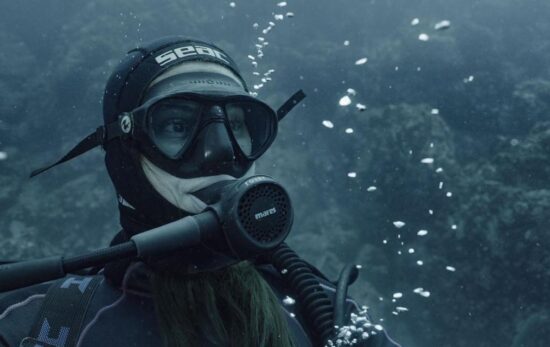Indo-Pacific lionfish (Pterois volitans) have invaded many popular diving locations in the Atlantic and Caribbean. Aside from causing possible harm to swimmers and divers, this voracious predator can dramatically affect populations of native marine animals in the ecosystems to which they have been introduced.
As I sat on the plane from New York to Nassau in November 2018, I was equal parts nervous and excited. Nervous because what I was about to do was a true first for me. Excited because I was taking a critical step to live the life I always wanted. My solo visit to the Bahamas had one purpose: to complete my open-water scuba certification.
Ask Jeanette Auber, owner of boutique Kauai dive shop Fathom Five Divers, what scuba diving means to her, and you’ll have an idea about the experience that awaits you as a diver when you head out to explore some of the most spectacular underwater sights in all of Hawaii with the Fathom Five team. Kauai, which is the northernmost island in the Hawaiian archipelago, is nicknamed “the Garden Island.” A drone’s-eye view reveals why: This postcard-pretty island is draped in emerald rainforest and valleys and surrounded by the brilliantly blue water of the central Pacific Ocean. Like its topside scenery, Kauai’s dramatic and lush underwater topography has been forged by Hawaii’s volcanic history.
The most exciting part of any wreck dive for Kathy was penetrating the rusting steel hull. She could picture the crew going about their duties or passengers having the time of their lives—or struggling in steerage. But any trip inside a shipwreck called for a visit to the spooky, hidden engine room, which she loved to photograph to prove she had made it. It had become a competition between her and some friends. This time, however, Kathy was in the dark and couldn’t find her way back out.




